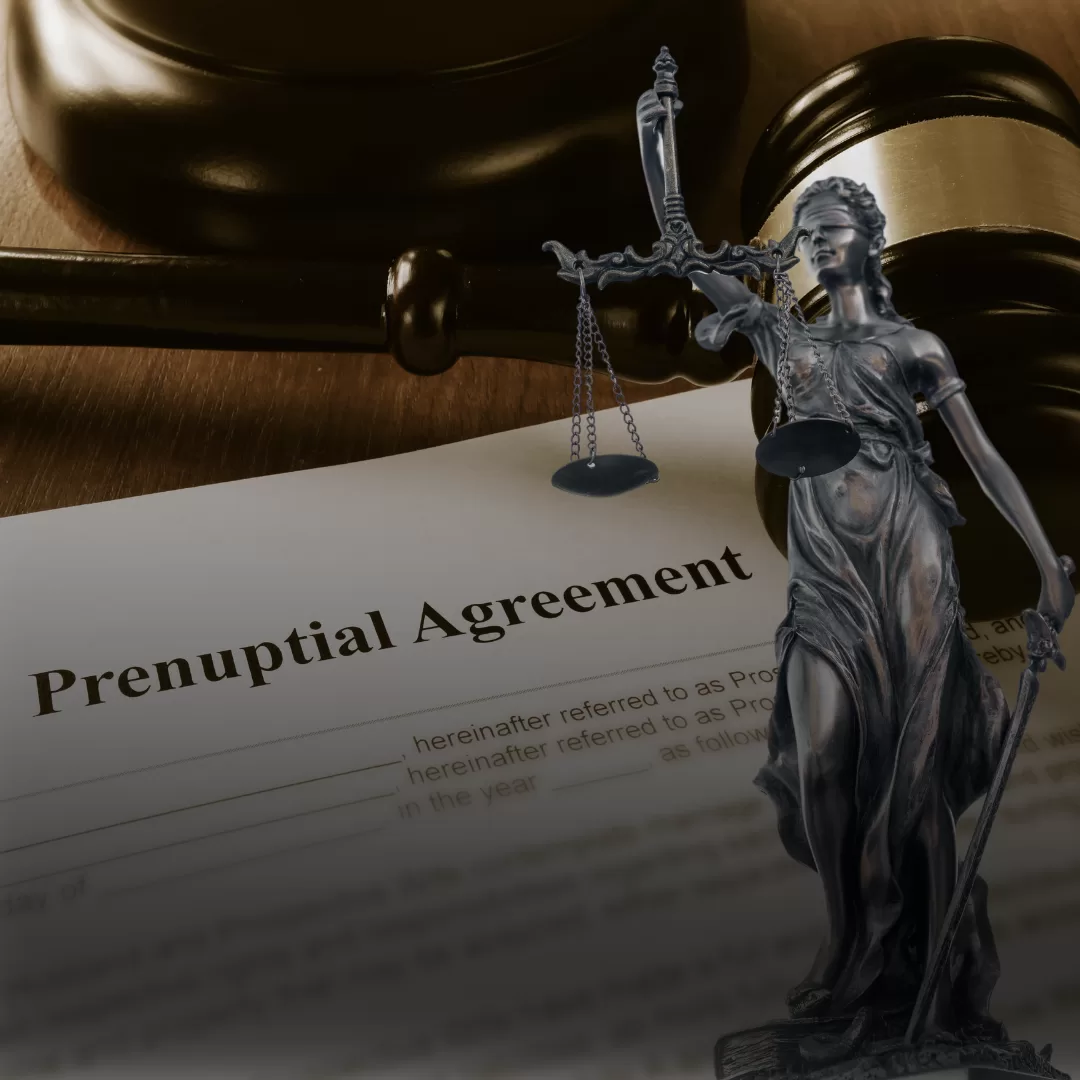Explore The Types of Custody in Maryland
When dealing with child custody in Maryland, knowing your options is essential for making choices that affect your family’s future. In Maryland, custody is split into two main types: physical custody, which decides where your child lives, and legal custody, which covers who makes key decisions about their upbringing.
This blog will simplify these types of child custody, including sole and shared physical custody, as well as sole and joint legal custody. We’ll also touch on emergency and temporary custody. By the end, you’ll have a clearer picture of your options, helping you choose the best arrangement for your child’s needs and your family’s situation.
What is Physical Custody in Maryland?
Physical custody in Maryland determines where the child will live and how much time they will spend with each parent.
There are two main types of physical custody: Sole Physical Custody and Shared Physical Custody in Maryland
Sole Physical Custody in Maryland
Sole physical custody means that the child primarily lives with one parent. The other parent typically has visitation rights, which can be scheduled in various ways, such as:
-
Regular visitation
Scheduled visits on specific days and times.
-
Overnight visitation
Visits that last overnight.
-
Extended visitation
Visits that last for several days or weeks.
Factors that Maryland courts consider when determining sole physical custody include:
- The child’s best interests
- The wishes of the child (if they are old enough to express them)
- The relationship between the child and each parent
- The stability of each parent’s home
- The ability of each parent to provide for the child’s needs
- The history of abuse or neglect
It is important to note that Sole physical custody means that the child lives primarily with one parent, but it doesn’t mean the other parent is completely cut off. Even if a parent doesn’t have physical custody, they may still share in making important decisions about the child’s life if they have joint legal custody. They also have the right to stay in touch with the child and may have regular visits or scheduled time together, depending on the court’s arrangements.
Shared Physical Custody in Maryland
Shared physical custody means that the child spends significant time with both parents. This arrangement can be structured in various ways, such as:
-
Week-on-week-off
The child spends one week with one parent and the next week with the other.
-
Alternating weekends:
The child spends every other weekend with each parent.
-
50/50 custody:
The child with 50/50 custody spends roughly equal time with each parent.
Factors that Maryland courts consider when determining shared physical custody include:
- The child’s best interests
- The wishes of the child (if they are old enough to express them)
- The relationship between the child and each parent
- The stability of each parent’s home
- The ability of each parent to provide for the child’s needs
- The history of abuse or neglect
- The ability of the parents to cooperate and coordinate their schedules
Shared physical custody can be great for children who have strong bonds with both parents, helping them feel connected to both households. However, it can be challenging if parents struggle to communicate or coordinate schedules, making it essential to have a clear parenting plan that outlines decision-making and custody exchanges. If you’re thinking about shared physical custody, it’s a good idea to consult with a Maryland family law attorney who can guide you through the process and help create a plan that works for your family.
What is Legal Custody in Maryland?
Legal custody in Maryland determines who has the right to make major decisions about the child’s upbringing. These decisions typically include:
-
Education
Choosing schools, homeschooling, or other educational options
-
Medical care
Making decisions about doctors, treatments, and medical procedures
-
Religious training
Deciding on religious affiliation or participation
-
Extracurricular activities
Enrolling the child in activities like sports, music lessons, or clubs
There are two main types of legal custody:
-
Sole legal custody
In Maryland means that one parent has the exclusive right to make major decisions about the child’s upbringing.
When a parent has sole legal custody, they get to make the final decisions about important things like the child’s education, healthcare, and upbringing, even if the other parent doesn’t agree. However, this doesn’t always mean they have sole physical custody. Physical custody is separate and determines where the child lives and how much time they spend with each parent.
-
Joint legal custody
In Maryland means that both parents share the right to make major decisions about the child’s upbringing.
When parents have joint legal custody, they need to work together to make important decisions about their child, which can be tough if they don’t always agree. Still, it can be a good thing for children who have strong bonds with both parents. It’s important to remember that joint legal custody doesn’t always mean joint physical custody. Physical custody decides where the child lives and how much time they spend with each parent.
Emergency Custody in Maryland
Emergency custody is a legal procedure that allows a parent or guardian to obtain temporary custody of a child in a situation where the child’s safety or well-being is in immediate danger. This can happen due to factors such as:
-
Child abuse or neglect
Physical, emotional, or sexual abuse or neglect of the child’s basic needs.
-
Domestic violence
Violence or threats of violence between the parents or caregivers.
-
Substance abuse
The parent or caregiver’s substance abuse is endangering the child.
-
Parental kidnapping
The parent or caregiver is attempting to take the child away from the other parent or guardian without their consent.
If you believe a child is in immediate danger, it’s important to act quickly. You may need to provide proof, like witness statements, medical records, or photos, to support your request for emergency custody. Keep in mind that a temporary custody order is not permanent, and the court will later decide on a long-term custody plan. To protect the child’s safety, it’s a good idea to seek help from a family law attorney who can guide you through the emergency custody process.
Temporary Custody in Maryland
Temporary custody is a legal arrangement that grants a parent or guardian temporary custody of a child. This can happen in various situations, such as:
- Pending a final custody determination: When parents are going through a divorce or separation and need to determine who will have custody of the child on a temporary basis.
- In cases of abuse or neglect: When there are concerns about the child’s safety or well-being due to abuse or neglect.
- During a crisis or emergency: When a parent is unable to care for the child due to a crisis or emergency.
Finding the Right Custody Arrangement for Your Family
Understanding the different types of custody in Maryland is key when making child custody arrangements during or after a divorce. Physical custody decides where your child will live, while legal custody determines who makes important decisions about their upbringing. Both sole and shared custody have different levels of involvement for each parent.
If you have questions about which custody arrangement is best for your situation, don’t hesitate to contact a Divorce With A Plan child custody lawyer in Maryland for personalized guidance.






